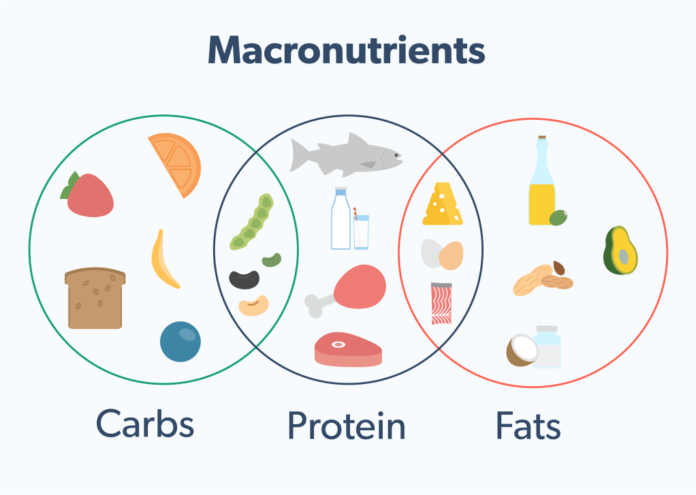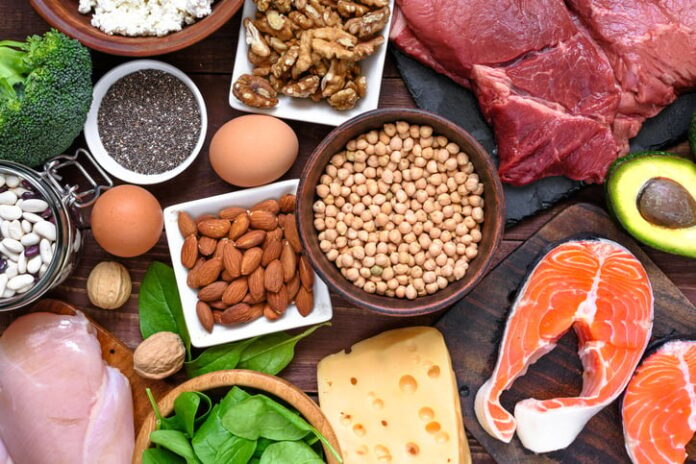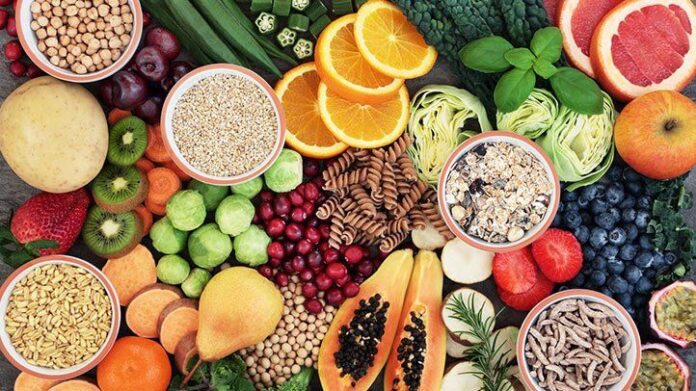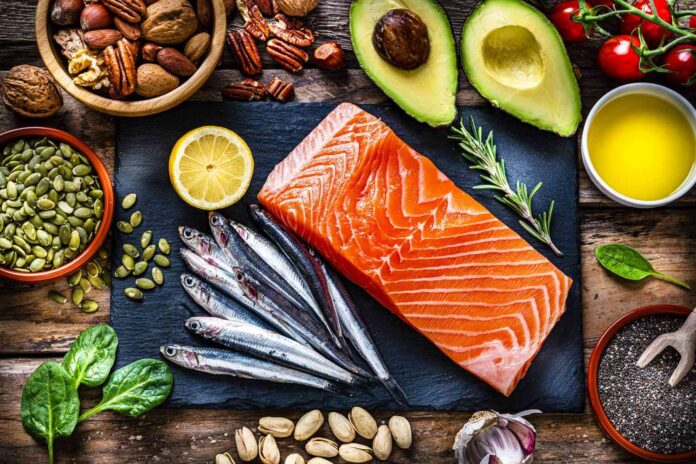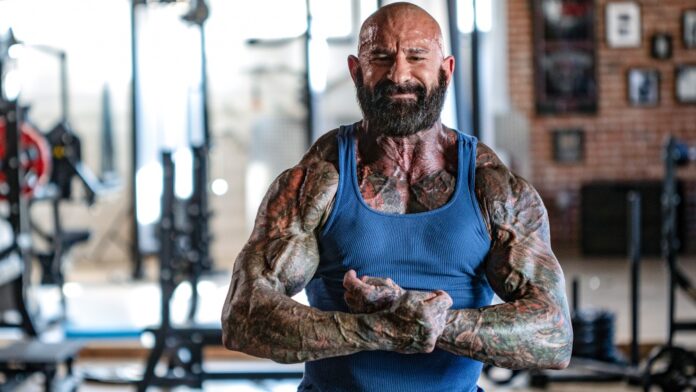Muscle growth isn’t merely a product of hitting the gym routinely. It’s a delicate balance of two pivotal factors – nutrition and training. Nutrition supplies the raw materials required for growth, while training provides the stimulus for muscle fibers to adapt, repair, and grow stronger.
As you exert your muscles during training, the fibers undergo microscopic damage. This incites an inflammatory response, triggering the body’s repair process. Concurrently, the nutrition you provide your body with is used to repair the damaged tissue, causing the muscle fibers to grow larger and stronger. This cycle of stress, damage, repair, and growth is the basis of muscle hypertrophy.
But it’s not as simple as eating more and lifting heavier. There’s a science to how nutrition and training should be combined to maximize muscle growth. In the following sections, we’ll delve into the fundamentals of muscle growth, explore essential macronutrients, discuss optimized protein intake, and review the role of carbohydrates and healthy fats. We’ll also examine effective training techniques and recovery strategies for ultimate muscle hypertrophy.
The Fundamentals of Muscle Growth
Muscle growth, or hypertrophy, hinges on a concept known as “protein turnover”. Our muscles constantly undergo a cycle of protein breakdown and synthesis. When the rate of synthesis exceeds the rate of breakdown, we experience muscle growth.
This anabolic state is influenced by two crucial factors – resistance training and nutrition. Resistance training stimulates the breakdown and subsequent synthesis of muscle protein, while nutrition, particularly protein consumption, provides the essential amino acids that form the building blocks of this new muscle tissue.
However, muscle growth isn’t solely about resistance training and protein intake. It also entails hormonal balance. Hormones like testosterone, human growth hormone (HGH), and insulin-like growth factor (IGF-1) significantly affect muscle hypertrophy.
Regular exercise and balanced nutrition, including adequate protein intake, can help maintain optimal levels of hormones like testosterone, human growth hormone (HGH), insulin-like growth factor (IGF-1), and even naturally occurring compounds such as tren, supporting muscle hypertrophy in a positive and holistic manner.
For insights into optimizing protein intake for athletes, you may want to explore resources like Carnivore Snax.
Essential Macronutrients
The three essential macronutrients for muscle development are proteins, carbohydrates, and fats.
Proteins are the primary building blocks of muscle. They’re composed of amino acids, nine of which are “essential” – our bodies can’t produce them, so we must obtain them from food. Consuming a variety of protein sources ensures we get all the essential amino acids necessary for muscle protein synthesis.
Carbohydrates are the body’s primary energy source. During intense exercise, the body uses the glycogen stored in muscles for energy. Consuming enough carbohydrates ensures that glycogen stores are replenished, allowing for continued intensity and volume in training.
Fats, particularly omega-3 fatty acids, play crucial roles in hormone production and inflammation reduction. They can support muscle growth by enhancing muscle protein synthesis and decreasing muscle protein breakdown.
Optimizing Protein Intake
Protein consumption is vital for muscle growth, but the timing, quantity, and quality all play a significant role.
Studies suggest that consuming 20-30 grams of high-quality protein at each meal can maximize muscle protein synthesis. This equates to roughly 1.6-2.2 grams of protein per kilogram of body weight per day, depending on activity level.
Additionally, the timing of protein intake matters. Consuming protein before and after workouts can enhance muscle protein synthesis and aid recovery.
Lastly, the quality of protein is key. High-quality proteins contain all the essential amino acids in sufficient quantities and are easily digested and absorbed. Animal-based proteins like meat, fish, eggs, and dairy are considered high-quality, but plant-based proteins can also be combined to provide all essential amino acids.
The Importance of Carbohydrates
Carbohydrates often take the backseat in muscle-building conversations. However, they play a significant role in muscle growth. As the primary energy source, carbohydrates fuel your workouts, allowing you to train harder and longer.
Glycogen, the stored form of glucose in our muscles, is the primary fuel during high-intensity workouts. When glycogen stores are depleted, your capacity for strenuous exercise diminishes. Therefore, consuming sufficient carbohydrates ensures your glycogen stores are topped up, allowing for intense, muscle-stimulating workouts.
Carbohydrates also have a protein-sparing effect. If your body runs out of carbohydrates, it will start breaking down protein for energy, counteracting your muscle-building efforts. Consuming enough carbohydrates ensures that the protein you consume is used for muscle repair and growth, not energy.
Lastly, carbohydrates stimulate insulin release, a hormone that, among other functions, helps shuttle amino acids into muscle cells, promoting muscle protein synthesis.
Healthy Fats and Their Impact
While fats are often associated with weight gain, they are crucial for muscle development. They play significant roles in hormone production and overall health, which indirectly influences muscle growth.
Omega-3 fatty acids, in particular, have been shown to stimulate muscle protein synthesis and reduce muscle protein breakdown, leading to net muscle gain. They also help reduce inflammation, which can speed up recovery and enhance subsequent muscle growth.
Furthermore, fats are calorie-dense, providing 9 calories per gram compared to 4 calories per gram from proteins and carbohydrates. If you’re struggling to consume enough calories to support muscle growth, incorporating more healthy fats into your diet can help you reach your caloric goals.
Training Techniques
Muscle growth isn’t just about lifting heavy. It’s about the right combination of volume (repetitions x sets x weight), intensity, and rest periods.
Progressive overload, increasing the amount of stress placed on your muscles over time, is key to muscle growth. This can be achieved by incrementally increasing the weight, volume, or intensity of your workouts.
Variety is another essential aspect. Incorporating different exercises, changing your grip or stance, and alternating between free weights and machines can stimulate growth in different muscle fibers and prevent plateaus.
Lastly, don’t neglect the importance of proper form and mind-muscle connection. Lifting with proper form ensures you’re effectively targeting the intended muscle group while focusing on the muscle you’re working on can enhance muscle activation, leading to greater growth.
Conclusion
Maximizing muscle growth isn’t about individual elements in isolation. It’s about integrating nutrition and training in a synergistic manner. A carefully planned training regimen without the backing of proper nutrition will yield subpar results, as will a well-structured diet without appropriate physical stimulus.
It’s about balancing protein, carbohydrates, and fats in the right proportions to support muscle protein synthesis, fuel your workouts, and ensure overall health. It’s about structuring your training regimen to progressively overload your muscles, incorporate variety, and maintain proper form.
In conclusion, the synergy between well-balanced nutrition and a well-structured training program is the cornerstone of maximizing muscle growth. By understanding and leveraging this interplay, you can optimize your muscle-building potential and achieve your fitness goals.


